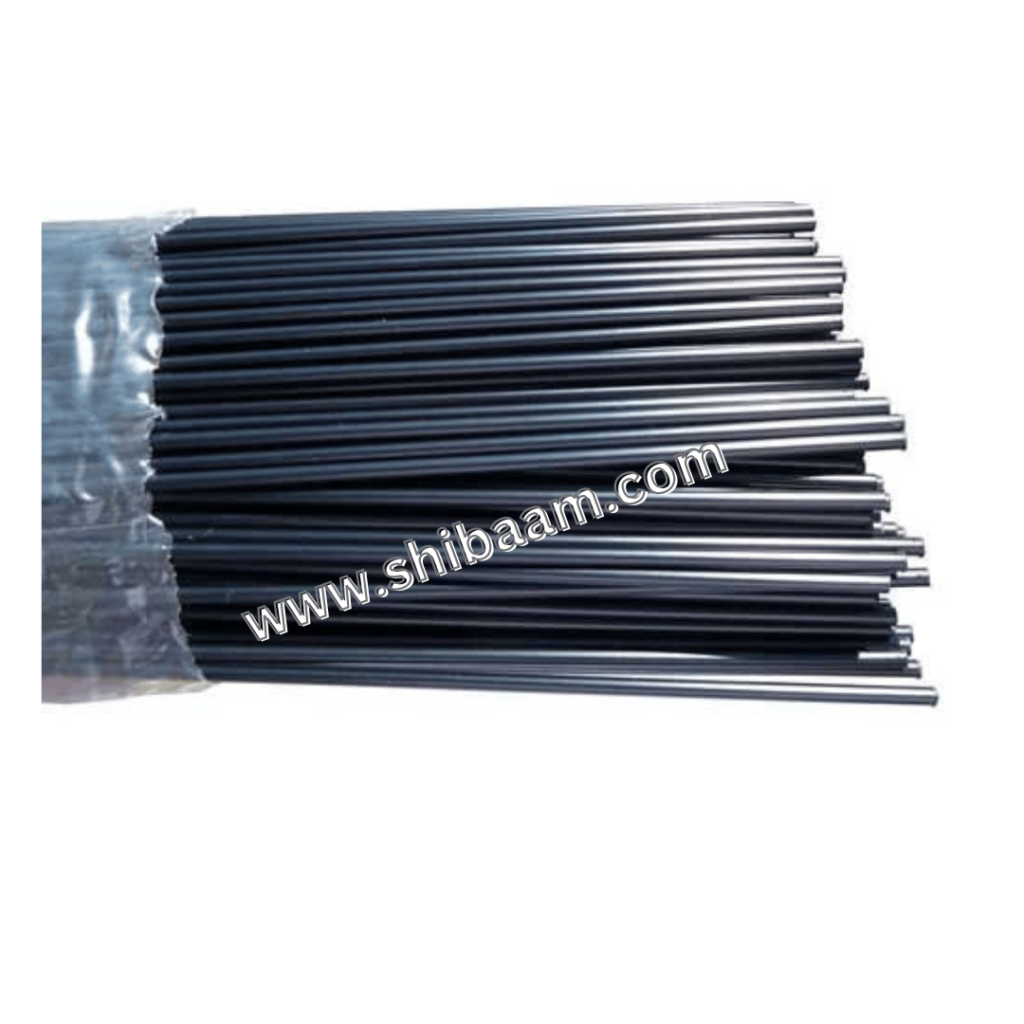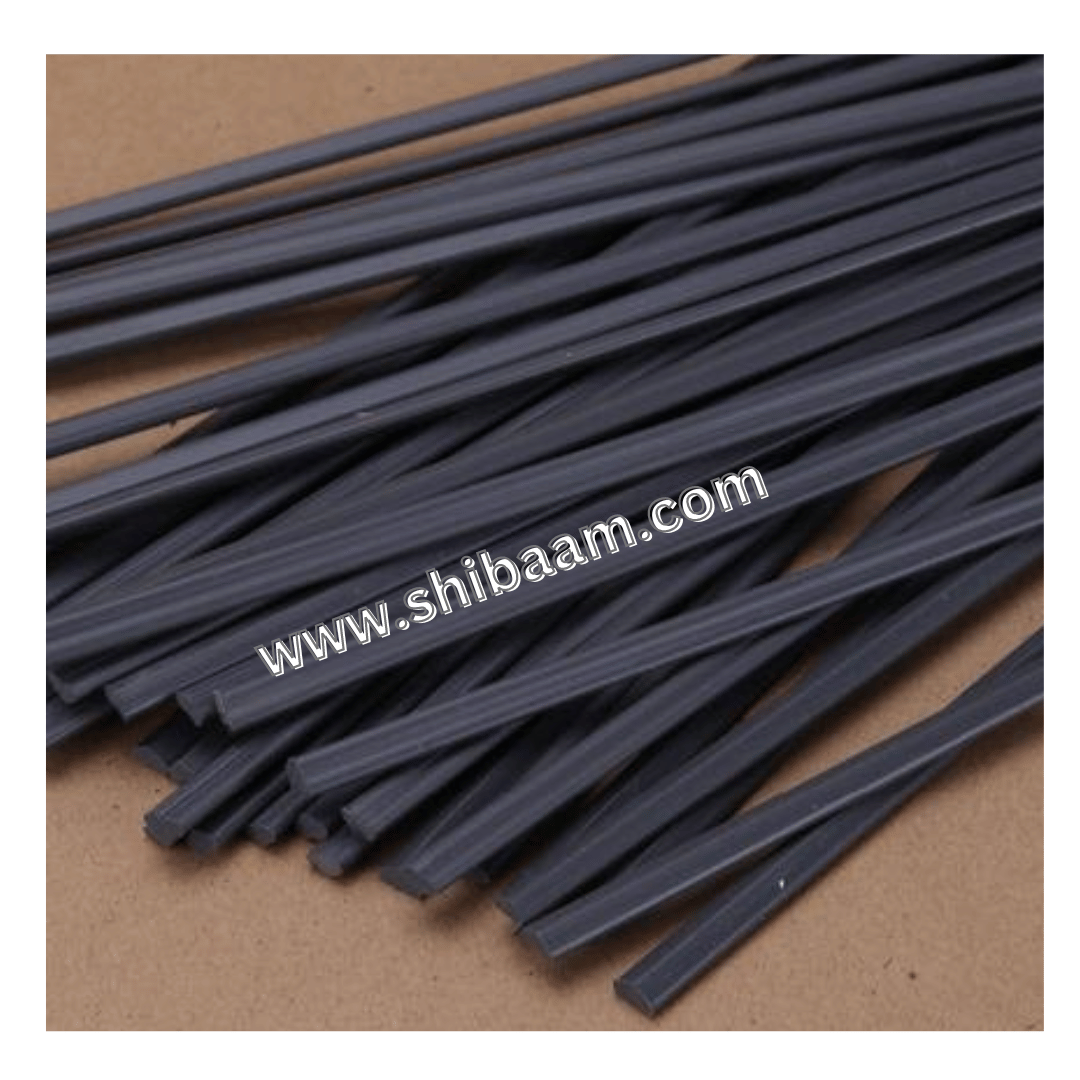PVC Welding Rods
PVC welding rods are specialized materials used in the process of welding Polyvinyl Chloride (PVC), a widely used thermoplastic polymer. PVC welding involves joining PVC materials by melting the welding rod and the surfaces being joined, creating a strong and durable bond.
The welding rods are designed to be compatible with the base PVC material, ensuring a cohesive and strong bond when melted and fused together.





